Blogs & News
We are focus on automotive wiring harness & connectors technology.
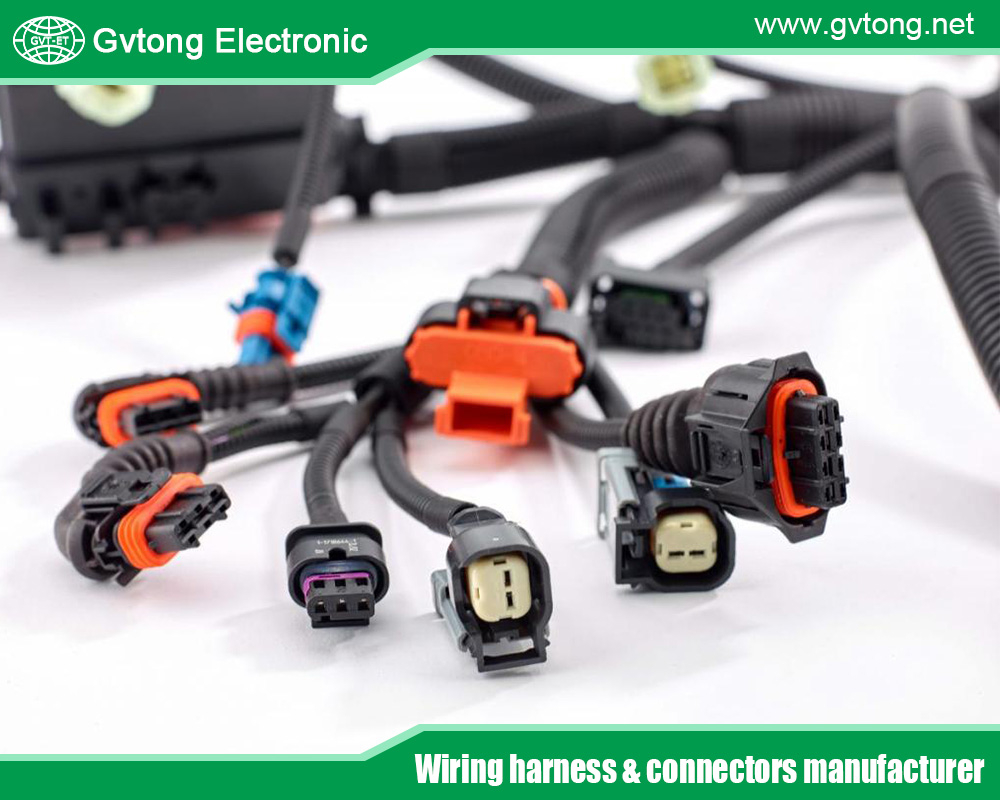
Automotive High-Frequency Connector: Enabling the Connected Vehicle Revolution
- Gvtong Electronic
- 48V board net connectors, ADAS sensor connectors, Anti-vibration automotive connectors, Automated assembly connectors, automotive diagnostic connector, Automotive high - frequency connector, automotive High voltage connector, automotive high-frequency connectors factory, automotive high-frequency connectors manufacturer, automotive high-frequency connectors market, automotive high-frequency connectors supplier, automotive high-frequency connectors system, automotive hybrid connector, Automotive shielded connectors, automotive waterproof connectors, Automotive-grade AEC-Q200 connectors, Battery management system (BMS) connectors, Blind-mate automotive connectors, Cost-effective automotive connectors, Customized Busbar, Customized sensor components, Customized Structural Parts, Energy Storage Wire, EV charging connectors, Fuel cell connectors, GVTong Model Connectors, Halogen-free automotive connectors, High Pressure Connectors, High Pressure Wire, High-speed data connectors, High-temperature resistant connectors, In-cabin infotainment connectors, Industrial Control Connectors, Lightweight automotive connectors, Low Pressure Connectors, Low Pressure Wire, Low-contact resistance connectors, Medical Wire, Modular automotive connectors, Multi-variation connectors, OEM-specific connectors, Oil-resistant automotive connectors, Pre-charge/discharge connectors, Precision injection molding/coated parts, Quick-fit automotive connectors, Recyclable material connectors, Redundant safety connectors, Thermal management connectors, V2X communication connectors, Wind And Solar Storage, Wireless charging connectors, Wiring harness
- No Comments
Automotive High-Frequency Connector: Enabling the Connected Vehicle Revolution
In the era of connected and autonomous vehicles, automotive high-frequency connectors are pivotal in enabling seamless communication and data transfer. These specialized connectors facilitate the transmission of high-frequency signals for systems like 5G, vehicle-to-everything (V2X), radar, and advanced driver-assistance systems (ADAS). As vehicles evolve into sophisticated platforms for infotainment, navigation, and autonomy, high-frequency connectors must deliver reliable performance in harsh automotive environments while supporting ever-increasing data rates. These components are critical to ensuring low-latency, high-bandwidth communication, making them indispensable in modern automotive design. This article explores the design, types, applications, and challenges of automotive high-frequency connectors, delving into their technical specifications, industry standards, and emerging trends. By understanding their role, we can appreciate their significance in powering the connected vehicle ecosystem and anticipate their evolution as the automotive industry embraces electrification, autonomy, and next-generation connectivity.
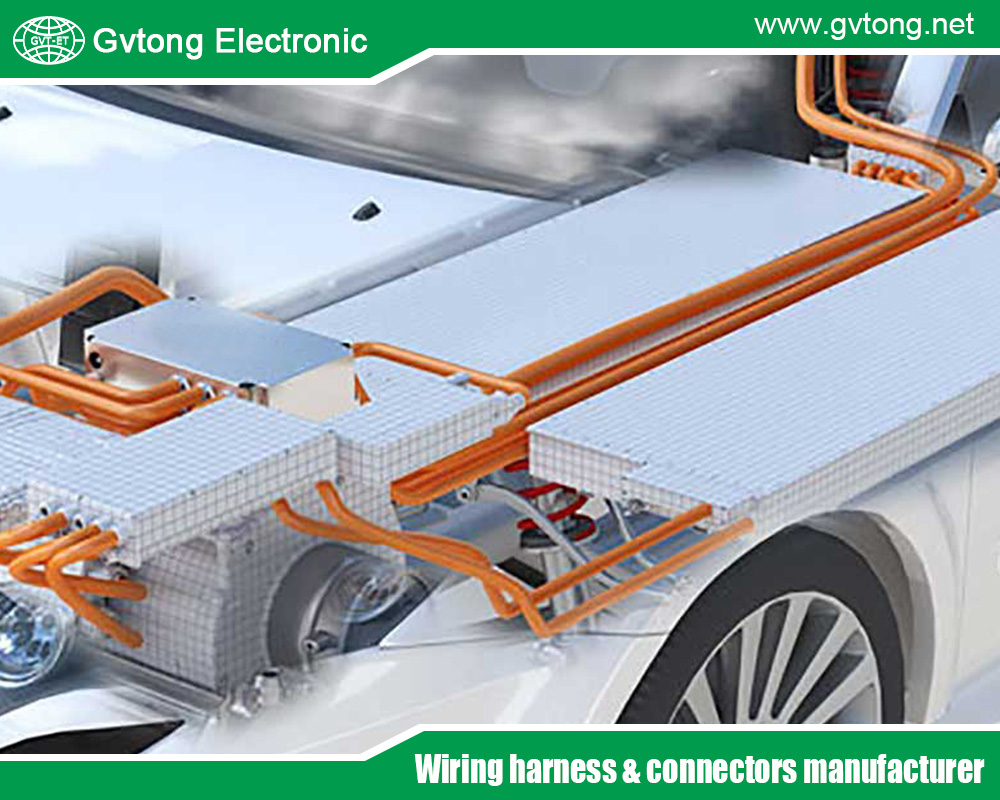
What is an Automotive High-Frequency Connector?
An automotive high-frequency connector is an electrical component designed to transmit radio frequency (RF) and high-speed digital signals in vehicles. These connectors support frequencies ranging from a few megahertz (MHz) to tens of gigahertz (GHz), enabling applications like GPS, cellular networks (4G/5G), Wi-Fi, Bluetooth, V2X, and radar systems. Unlike standard power connectors, high-frequency connectors prioritize signal integrity, low latency, and minimal electromagnetic interference (EMI).
Typically coaxial or multi-pin in design, these connectors consist of a central conductor, dielectric insulator, and outer shield to maintain impedance (usually 50 ohms) and prevent signal loss. They are engineered to withstand automotive conditions, including temperature extremes (-40°C to +105°C), vibrations, and moisture, while ensuring robust performance. Common standards, such as ISO 20860 (Fakra) and USCAR-18, govern their design to ensure compatibility across vehicle platforms. As vehicles integrate more antennas and high-speed systems, high-frequency connectors are evolving to support higher frequencies, greater bandwidth, and compact designs, making them critical to the connected vehicle ecosystem.
Types of Automotive High-Frequency Connectors
Automotive high-frequency connectors come in various types, each tailored to specific frequency ranges, data rates, and applications. Below are the primary types used in modern vehicles:
- Fakra Connectors:
Fakra (Fachkreis Automobil) connectors are the industry standard for automotive RF applications. They support frequencies up to 6 GHz and are widely used for GPS, AM/FM radio, satellite radio, and cellular networks (4G/5G). Fakra connectors are color-coded and keyed to prevent mismating, ensuring reliable connections. Their robust design complies with ISO 20860, making them ideal for harsh automotive environments. - Mini-Fakra Connectors:
Mini-Fakra connectors are a compact evolution of Fakra, designed for space-constrained applications. Supporting frequencies up to 9 GHz, they are ideal for multi-antenna systems in autonomous vehicles, such as V2X and 5G. Their high port density allows multiple RF signals to be routed in a single connector, reducing weight and complexity. - HSD Connectors:
High-Speed Data (HSD) connectors are optimized for high-speed digital data transmission, supporting frequencies up to 6 GHz. They are used in automotive Ethernet, infotainment, and ADAS applications, offering low-latency and high-bandwidth performance. HSD connectors are shielded to minimize EMI, making them suitable for complex electrical architectures. - SMA Connectors:
SubMiniature version A (SMA) connectors are used in high-frequency applications like radar and satellite navigation, supporting frequencies up to 18 GHz. While less common in automotive use due to cost, their threaded design ensures secure connections in high-vibration environments. - MMCX and SMP Connectors:
Micro-Miniature Coaxial (MMCX) and SubMiniature Push-on (SMP) connectors are used in compact, high-frequency applications like in-cabin Wi-Fi and Bluetooth. Their small size and snap-on mechanism make them suitable for space-limited designs.
Each connector type is selected based on factors like frequency range, signal integrity, environmental durability, and vehicle-specific requirements. As connectivity demands grow, manufacturers are developing hybrid and multi-port connectors to support multiple high-frequency signals in a single unit.
Design Considerations for Automotive High-Frequency Connectors
Designing automotive high-frequency connectors requires addressing several technical and environmental factors to ensure optimal performance:
- Signal Integrity:
High-frequency connectors must maintain consistent impedance (typically 50 ohms) to minimize signal loss and reflections. Precise manufacturing ensures tight tolerances, while coaxial designs with shielding reduce EMI and crosstalk, critical for 5G and radar applications. - Frequency and Bandwidth:
Connectors must support a wide frequency range (up to 20 GHz or more for emerging 6G systems) and high data rates (e.g., 10 Gbps for automotive Ethernet). This requires advanced materials like low-loss dielectrics and high-conductivity contacts. - Environmental Durability:
Automotive connectors face extreme conditions, including temperatures from -40°C to +105°C, vibrations, and exposure to moisture or chemicals. Materials like high-grade thermoplastics, gold-plated contacts, and silicone seals (e.g., IP67-rated) ensure reliability. Vibration-resistant locking mechanisms prevent disconnection. - Compactness and Weight:
Modern vehicles may incorporate 10–20 antennas, requiring compact connectors to save space and reduce weight. Miniaturized designs like Mini-Fakra address this while maintaining performance, critical for EVs where weight impacts range. - Electromagnetic Compatibility (EMC):
With numerous electronic systems in vehicles, EMI is a significant concern. Connectors use robust shielding and grounding to prevent interference with sensitive systems like ADAS or V2X. - Ease of Installation and Standardization:
Connectors should feature user-friendly designs, such as snap-on or keyed mechanisms, to simplify assembly in high-volume production. Standards like ISO 20860 and USCAR-18 ensure compatibility across manufacturers, reducing costs and complexity.
Manufacturers also focus on future-proofing designs to support emerging technologies like 6G and advanced V2X, balancing performance with scalability and cost.
Applications of Automotive High-Frequency Connectors
Automotive high-frequency connectors are integral to a wide range of vehicle systems, enabling high-speed, reliable communication:
- Infotainment Systems:
Connectors like Fakra and HSD support AM/FM radio, satellite radio (e.g., SiriusXM), and in-cabin Wi-Fi, ensuring high-quality audio and data streaming for infotainment displays. - Navigation and GPS:
High-frequency connectors transmit precise GPS signals to navigation systems, critical for real-time mapping and location-based services. Fakra and SMA connectors are commonly used for their reliability. - Cellular Connectivity (4G/5G):
With connected vehicles relying on 4G/5G for real-time traffic updates, over-the-air (OTA) software updates, and cloud services, connectors like Mini-Fakra and HSD support high-bandwidth, low-latency communication. - Vehicle-to-Everything (V2X) Communication:
V2X systems, including vehicle-to-vehicle (V2V) and vehicle-to-infrastructure (V2I), rely on high-frequency connectors for low-latency data exchange, enhancing traffic safety and enabling autonomous driving. - Advanced Driver-Assistance Systems (ADAS):
Radar and LiDAR sensors for ADAS require high-frequency connectors to transmit signals for features like adaptive cruise control and collision avoidance. SMA and Mini-Fakra connectors are ideal for these applications. - Telematics and Remote Diagnostics:
Telematics systems use high-frequency connectors to transmit vehicle data to manufacturers or service providers, enabling predictive maintenance and remote monitoring.
As vehicles integrate more antennas and high-speed systems, connectors must handle complex signal routing while maintaining reliability in dynamic environments.
Challenges in Automotive High-Frequency Connector Design
Designing high-frequency connectors for automotive applications presents several challenges:
- Signal Integrity at High Frequencies:
Maintaining signal integrity at frequencies above 6 GHz (e.g., for 5G and radar) is challenging due to potential signal loss and reflections. Advanced materials and precise manufacturing are required to minimize these issues. - Miniaturization vs. Performance:
As vehicles incorporate more antennas, connectors must be smaller without compromising signal quality. Designing compact connectors for high-frequency applications is a significant engineering hurdle. - Environmental Durability:
Connectors must withstand extreme temperatures, vibrations, and moisture while maintaining performance. Achieving high IP ratings (e.g., IP67) without increasing size or cost is a persistent challenge. - Electromagnetic Interference (EMI):
The proliferation of electronic systems in vehicles increases EMI risks. Connectors must incorporate robust shielding to prevent interference with sensitive systems like ADAS or V2X. - Cost Constraints:
The automotive industry demands cost-effective solutions for high-volume production. Balancing performance, durability, and affordability requires innovative materials and manufacturing processes. - Scalability for Future Technologies:
Emerging technologies like 6G and advanced V2X require connectors to support higher frequencies and data rates. Developing future-proof designs that are backward compatible is complex.
Addressing these challenges requires collaboration between connector manufacturers, automakers, and standards organizations to develop solutions that meet the industry’s evolving needs.
Future Trends in Automotive High-Frequency Connectors
The future of automotive high-frequency connectors is shaped by advancements in connectivity, autonomy, and sustainability. Key trends include:
- Support for 5G and 6G:
As 5G adoption grows and 6G research progresses, connectors must support frequencies up to 100 GHz and ultra-low latency. Next-generation Mini-Fakra and HSD connectors are being developed to meet these demands. - Multi-Antenna Systems:
Autonomous vehicles require multiple antenna - s for radar, V2X, and sensor fusion. Connectors with high port density and modular designs will simplify complex antenna arrays.
- Smart Connectors:
Connectors with integrated sensors for signal monitoring and diagnostics will enhance system reliability, particularly in autonomous and connected vehicles. - Lightweight and Sustainable Materials:
To improve EV range and reduce environmental impact, manufacturers are exploring lightweight materials like aluminum and recyclable plastics for connectors, maintaining performance while reducing weight. - Wireless Connectivity:
While wired connectors dominate, wireless technologies like ultra-wideband (UWB) and millimeter-wave communication may reduce reliance on physical connectors for certain applications. Hybrid wired-wireless systems are likely to emerge. - Automation in Manufacturing:
Advances in automated assembly and testing will improve connector production efficiency, ensuring consistent quality and reducing costs.
These trends underscore the need for continuous innovation to support the automotive industry’s transition to smarter, more connected vehicles.
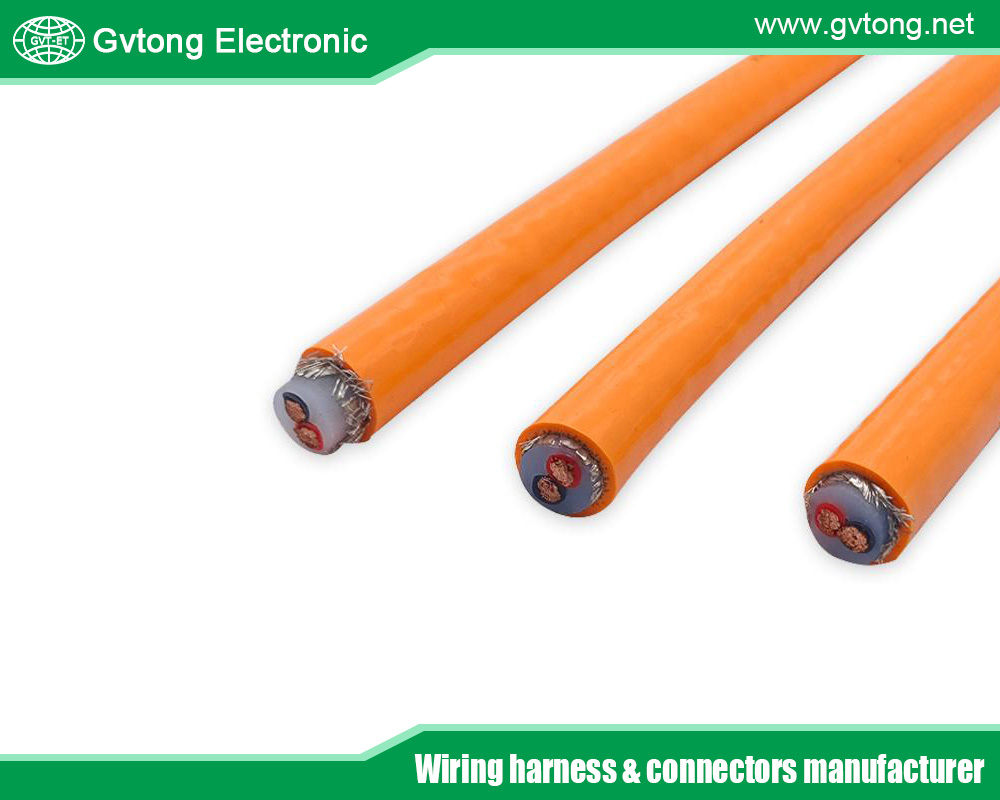
Conclusion
Automotive high-frequency connectors are critical enablers of the connected vehicle revolution, supporting high-speed communication for infotainment, navigation, ADAS, and V2X systems. From Fakra and Mini-Fakra to HSD and SMA connectors, these components are designed to deliver reliable performance in harsh environments while meeting the demands of high-frequency applications. Despite challenges like signal integrity, EMI, and miniaturization, advancements in materials, shielding, and manufacturing are driving their evolution. As vehicles embrace 5G, 6G, and autonomy, high-frequency connectors will play an increasingly vital role in enabling low-latency, high-bandwidth connectivity. Emerging trends like smart connectors, lightweight materials, and sustainable designs promise to enhance performance and efficiency. By addressing current challenges and anticipating future needs, manufacturers can ensure that high-frequency connectors remain at the forefront of automotive innovation, powering the safe, connected, and sustainable vehicles of tomorrow.
For more about the automotive high-frequency connector: enabling the connected vehicle revolution, you can pay a visit to Gvtong at https://www.gvtong.net/ for more info.
Recent Posts
The Best GR Series-Circular Connectors Manufacturer
The Best GD Series Combined Power Connector Manufacturer
A Guide to Selecting the Best GH Series Plastic Connector Manufacturer
How High Pressure Connectors Work?
The Best Automotive Connector Companies
Tags
Recommended Products
-

GE Series-17PIN Signal Connector
-
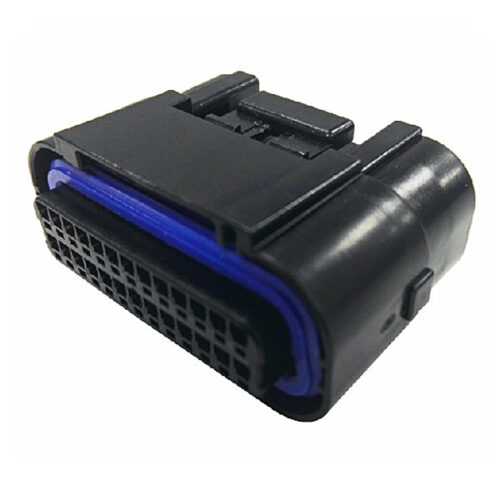
GE Series-18/26-core double-row signal connector
-
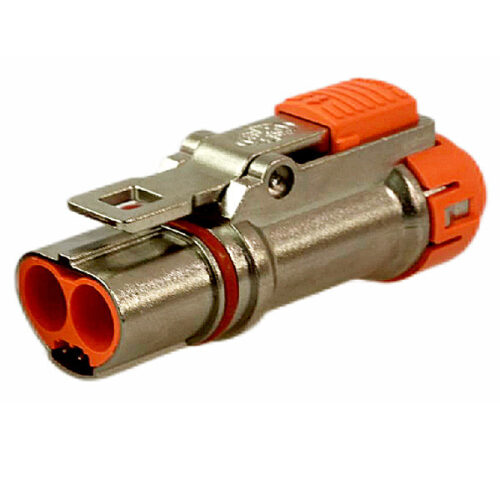
GM Series-3.6mm-2-core Metal Connector
-
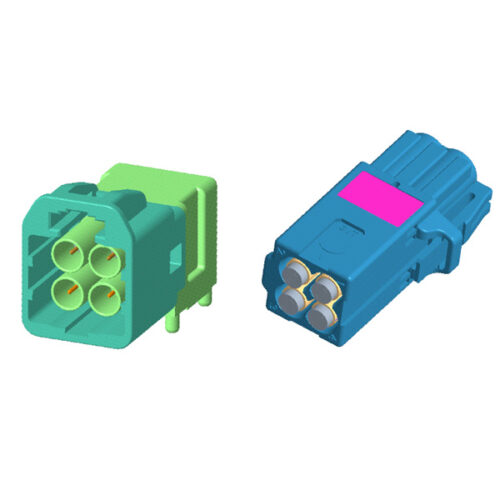
Automotive RF MINI FAKRA Four-Core Connector, Quad Port, PCB Through Hole, Right Angle, Plug, 50 Ohm
-
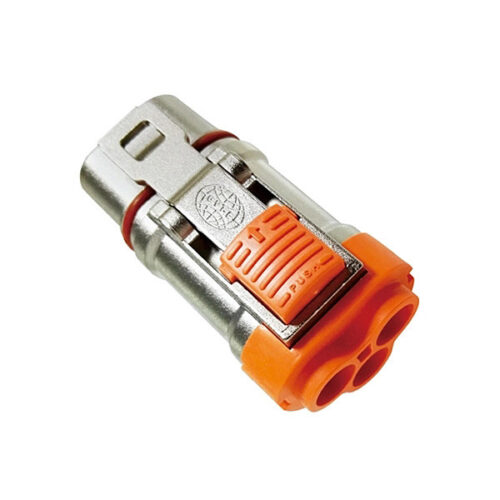
Metal connector-3.6mm-2 core
-
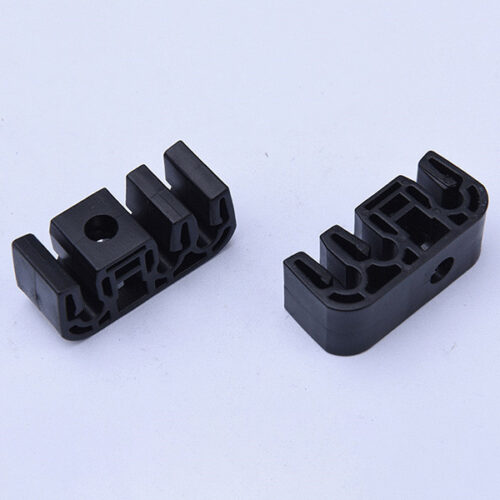
Automotive injection molded parts
-
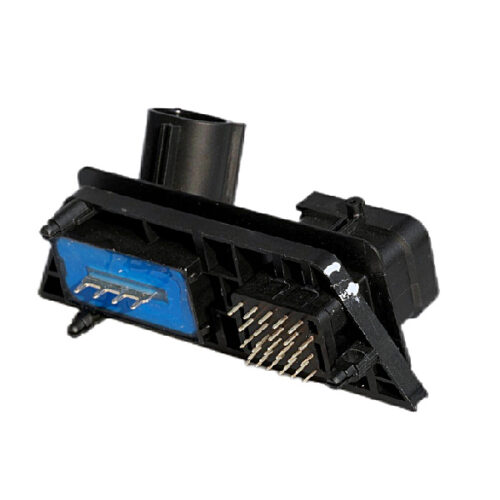
GE Series-33-core Signal Connector
-
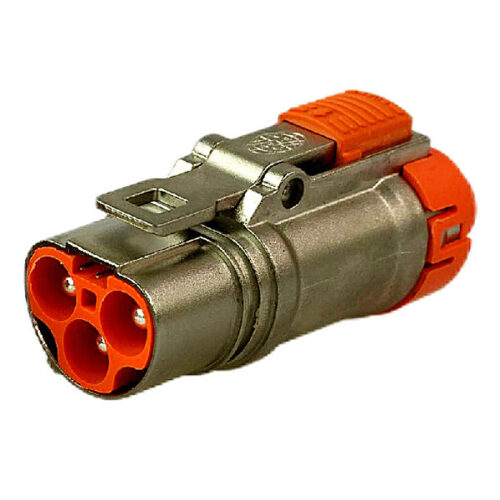
GM Series-3.6mm-3-core Metal Connector
